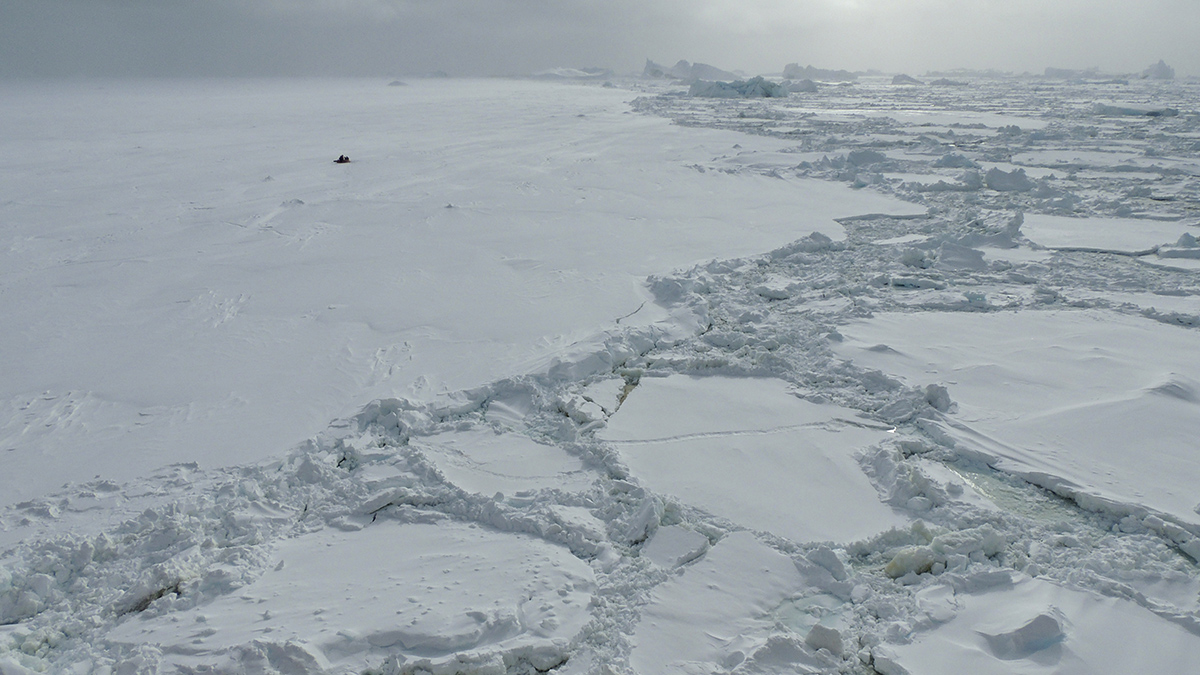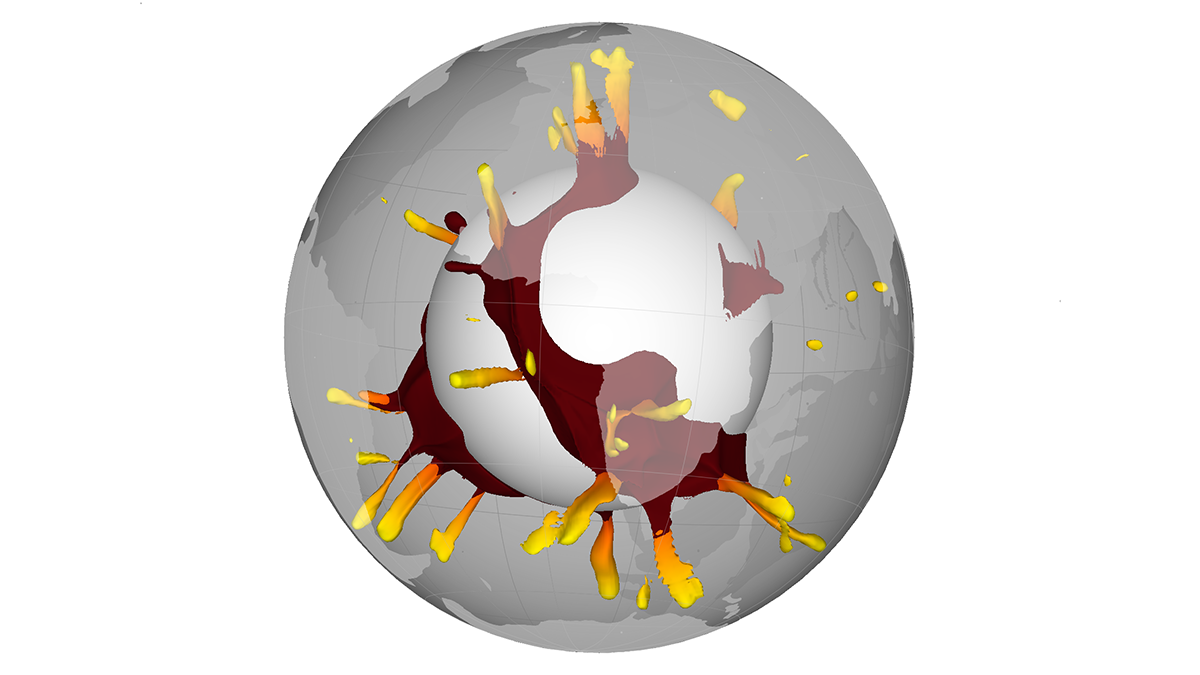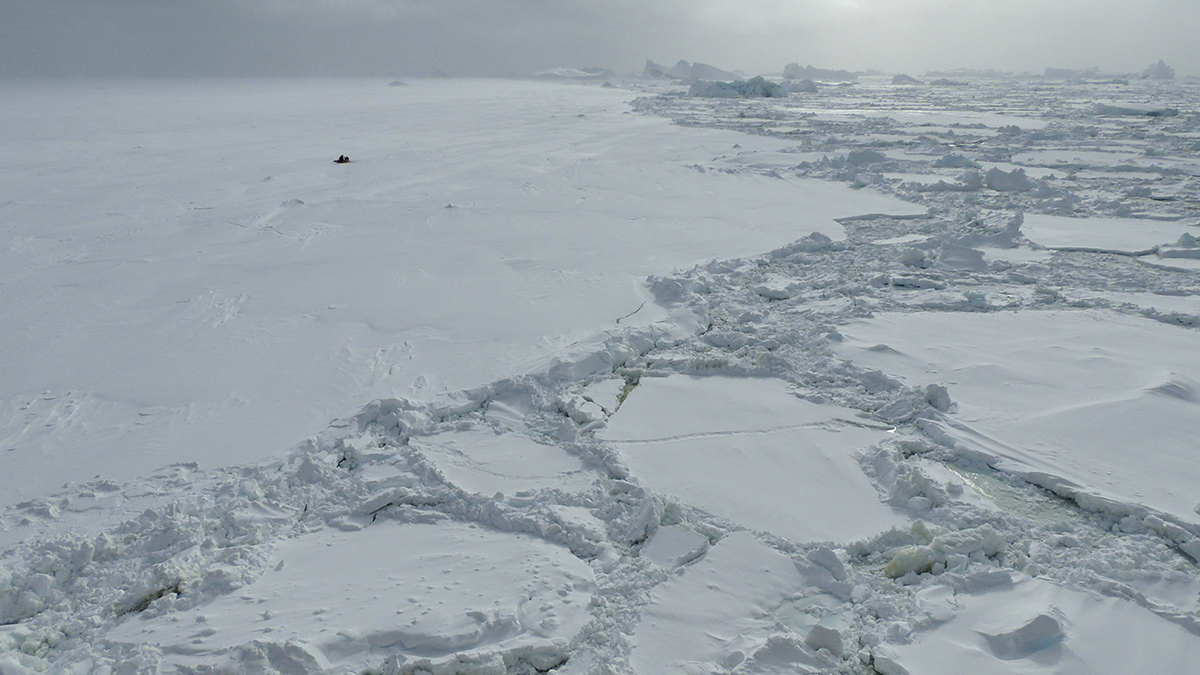Nuevas tecnologías satelitales han revelado que el Océano Austral se está volviendo más salino, un giro inesperado de los eventos que podría representar un gran problema para la Antártida.
Bill Morris
Blame It on the BLOBs
For decades, scientists have suspected that large volcanic eruptions have their origins in two mysterious massive regions at the base of our planet’s mantle. Now, it’s been statistically proven.
Southern Ocean Salinity May Be Triggering Sea Ice Loss
New satellite technology has revealed that the Southern Ocean is getting saltier, an unexpected turn of events that could spell big trouble for Antarctica.
Cave Deposit Links Greenland’s and Europe’s Climate Records with a German Volcano
Dating a late Pleistocene eruption has big implications for understanding the Younger Dryas—and current climate change.
¿Seis mil años de quema controlada arruinados?
Al alterar prácticas milenarias de gestión del fuego, la colonización creó una situación mortal en los bosques australianos, pero aún no se sabe hasta qué punto se extendió la “quema cultural”.
Six Thousand Years of Controlled Burning, Up in Smoke?
By disrupting millennia-old fire management practices, colonization created a deadly situation in Australian forests, but the jury is out on just how widespread “cultural burning” was.
Hot Spot Lavas Around the World May Have Something in Common
A global study of lavas from volcanic hot spots suggests that contrary to accepted wisdom, Earth’s deep mantle may have the same composition throughout. Not everyone is convinced, however.
Balancing the Deep Ocean Plastics Budget
Up to 11 million metric tons of plastic are sitting on the seafloor, mostly near coasts and shipping corridors.
The Crocodile Dundee Site Helping Rewrite the History of Australian Bushfires
A lake made famous by Hollywood has yielded powerful new evidence that humans have conducted controlled burns on the Red Continent for tens of thousands of years.
An Electrifying Approach to Carbon Capture
A new sodium-ion “battery” promises an environmentally friendly method of sequestering carbon in the ocean, but experts remain cautious.










